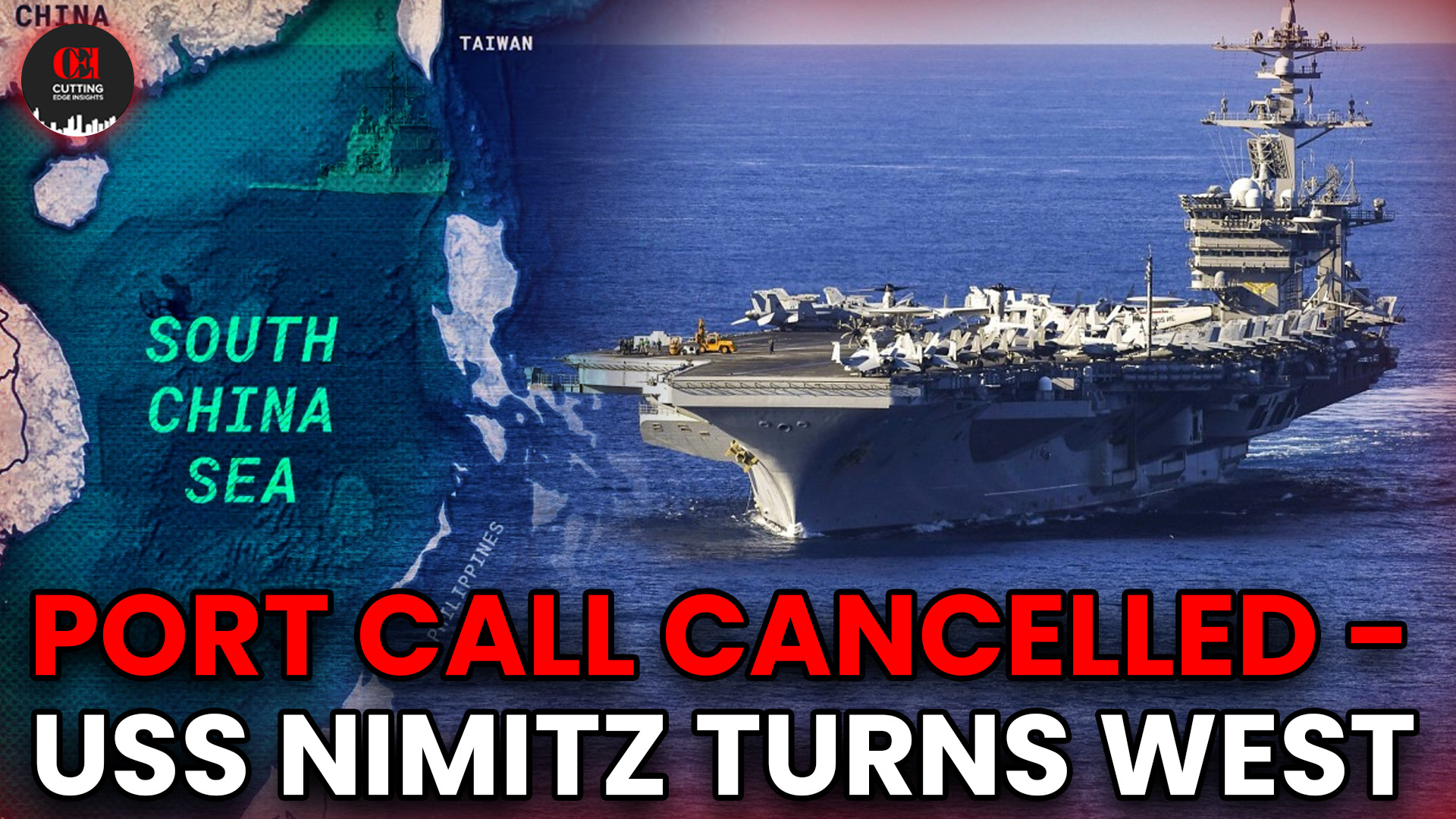On Monday morning, the USS Nimitz—one of the United States Navy’s most formidable aircraft carriers—quietly exited the South China Sea, veering westward. It was a movement that might have gone unnoticed were it not for an abrupt change of plans. A scheduled port call in Vietnam’s Danang City, a symbolic gesture underscoring U.S.-Vietnam defense cooperation, was unexpectedly cancelled just days before the arrival. According to diplomatic sources, a formal reception set for June 20 was called off without public explanation, casting a shadow over what would have been a strategic and ceremonial docking.
While the U.S. Navy characterized the carrier’s recent presence in the contested waters as part of a “routine presence in the Indo-Pacific,” the cancellation points to the increasingly delicate balancing act nations in the region must perform amid rising tensions between Washington and Beijing.
More Than Just a Port Call
Danang is no random port. It carries historical weight as a former U.S. military hub during the Vietnam War. In modern times, hosting a U.S. aircraft carrier is a political signal—a nod to strengthening ties, mutual trust, and shared interests in regional security. In 2018 and again in 2020, Vietnam welcomed American carriers to Danang, reinforcing warming relations against the backdrop of China’s expansive maritime claims in the South China Sea.
But this time, something shifted.
The Nimitz Carrier Strike Group had just wrapped up maritime security operations in the South China Sea—a move likely viewed with suspicion by Beijing, which treats the vast stretch of sea as its strategic backyard. Although the Pentagon maintains that freedom of navigation operations are routine and lawful, China often sees them as provocations.
With this in mind, Vietnam’s abrupt decision to cancel the reception could reflect behind-the-scenes pressure or a recalibration of its non-aligned foreign policy stance. Hanoi remains wary of offending either Washington or Beijing, both critical to its economic and security calculus.
Regional Chessboard in Motion
The South China Sea remains one of the most contested geopolitical flashpoints in the world. Trillions of dollars in trade flow through its waters, which are rich in fisheries and potentially vast undersea resources. Several nations, including Vietnam, the Philippines, Malaysia, and Brunei, have overlapping territorial claims with China, whose “nine-dash line” is seen as expansive and unlawful by international courts.
U.S. naval presence, particularly in the form of aircraft carriers like the Nimitz, serves as both a deterrent and a reassurance to regional partners. But as this incident illustrates, presence doesn’t always equate to access.
Vietnam’s decision—whether out of logistical caution, political calculation, or diplomatic sensitivity—reflects the subtle but powerful sway of Chinese influence, as well as the rising costs of strategic choices in a bifurcated Asia.
What’s Next?
While the Nimitz sails westward, questions remain. Will Vietnam reschedule the port call? Has this signaled a cooling of military ties, or merely a hiccup amid a tightrope of diplomacy? And more broadly, how will other ASEAN nations interpret this episode as they weigh their own positions in the U.S.-China rivalry?
For now, the Nimitz’s silent departure is more than a movement of steel on water. It is a reminder that in the Indo-Pacific, gestures matter, and even a cancelled reception can send waves.










